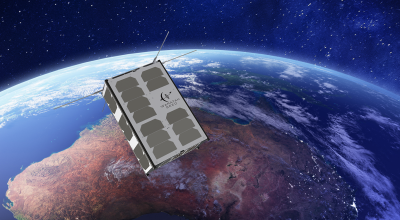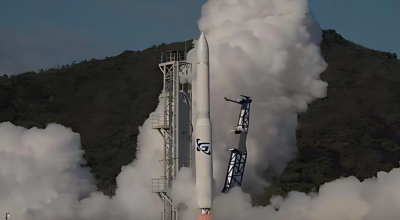The Australian Space Agency, in partnership with NASA, is working with Australia’s space industry to design and build an Aussie-made rover that will go to the Moon.
NASA will launch the rover in a future Artemis mission. The rover will support global space science and exploration goals. It will also demonstrate Australian innovations on the Moon.
What’s in the name?
Roo-ver is the name of our history-making rover. The Australian public chose the name, after a competition that saw more than 8,000 entries.
The chosen name was entered by Siwa from New South Wales who said:
“Our lunar rover deserves to be named after something iconically Australian, reflecting the Aussie spirit as we launch into this new endeavour. A kangaroo is part of the Australian Coat of Arms and it's time for Australian science to take the next leap all the way up into space.”
Roo-ver facts
Hover over, or click, the below questions to read the answers.
How big will Roo-ver be?
How big will Roo-ver be?
Roo-ver is expected to weigh around 20 kilograms. It will be roughly the size of a suitcase that you check in at the airport.
What will Roo-ver do?
What will Roo-ver do?
NASA has entrusted the Australian lunar rover with key research objectives, including to collect new data about the surface of the Moon to support international space science and exploration goals.
Will Roo-ver carry any payloads?
Will Roo-ver carry any payloads?
Yes, Roo-ver will be supercharged with an integrated NASA payload – an analysis instrument intended to demonstrate technology for scientific and exploration purposes.
In time, Roo-ver’s explorations will help global efforts to establish possible sustainable human presence in space.
Who is building Roo-ver?
Who is building Roo-ver?
ELO2 is the industry consortium that will design and develop the fully realised rover for its mission to the Moon.
ELO2 is made up of start-ups, SMEs, major resources companies, universities and other research partners.
G'day Moon: Our boldest adventure yet
The Australian Space Agency’s campaign to promote our history-making lunar mission.
Why is NASA partnering with Australia in this mission?
Why is NASA partnering with Australia in this mission?
Australia is a world-leader in remote operations and autonomous systems on Earth. Much of that experience comes from our resources sector.
This expertise is extremely valuable for international missions.
How will Roo-ver get to the Moon?
How will Roo-ver get to the Moon?
Roo-ver will be carried to the lunar surface on CT-4 around the end of this decade. Its journey to the Moon will be delivered through NASA’s Commercial Lunar Payload Services initiative.
How long will Roo-ver operate on the Moon?
How long will Roo-ver operate on the Moon?
Roo-ver is expected to operate for up to 14 Earth days. That’s only about half of one Moon day.
What does Roo-ver look like?
What does Roo-ver look like?
The rover is still being developed, but below is an image of the latest prototype.
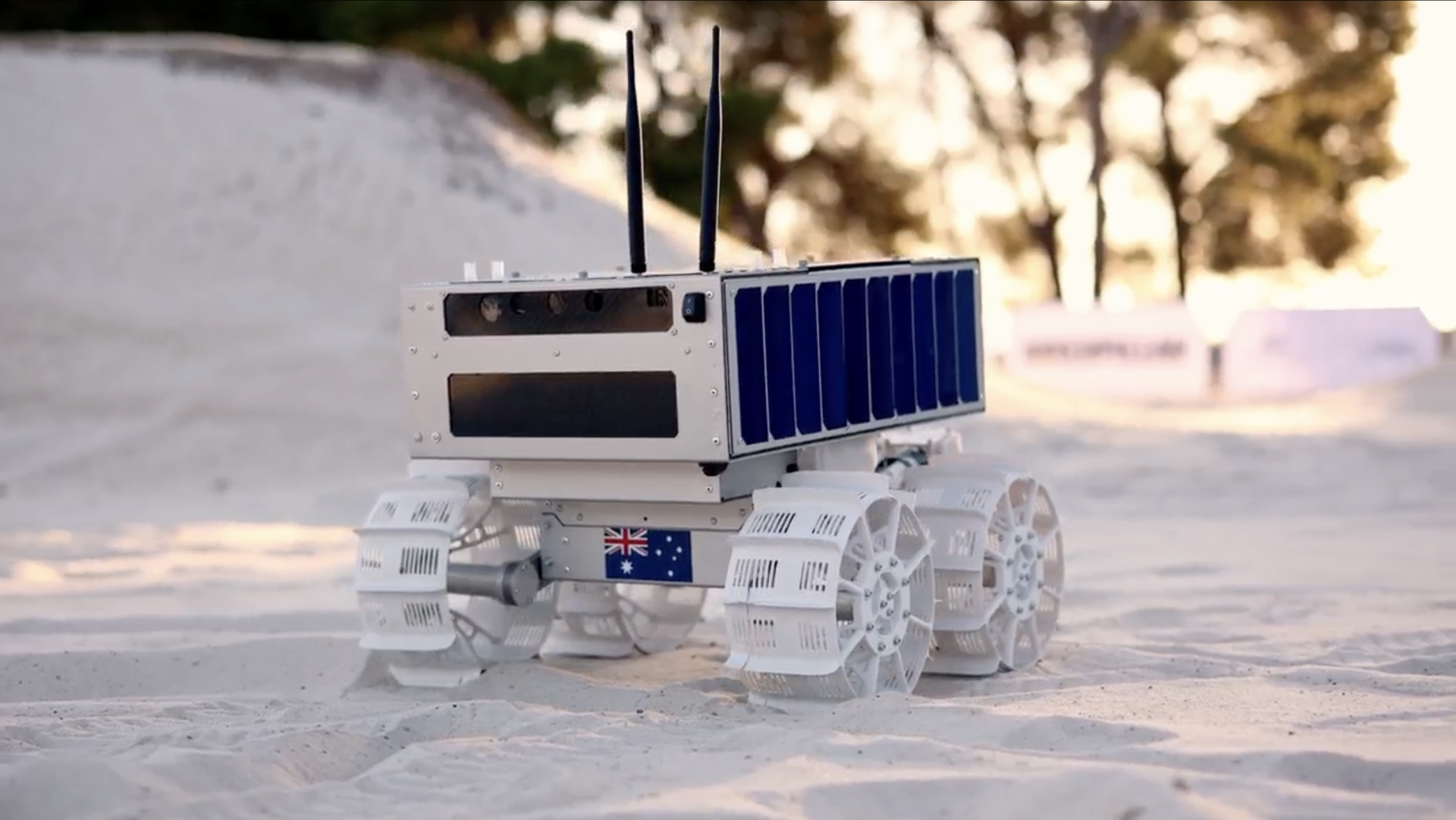
Why is Australia going to the Moon?
Why is Australia going to the Moon?
Space exploration has led to discoveries and technologies that improve our lives on Earth. This includes technologies that make us healthier, help us respond to climate change, increase productivity in critical industries, fast track technology development, keep us safe, and allows us to better understand our place in the universe.
Going to the Moon also requires huge leaps forward in science and technology across multiple industries. From Manufacturing to Mining, to Health and Science, and critical technologies such as AI and Robotics – space exploration requires the skills and capabilities from all these areas.
By getting Australian industries involved in Australia’s first mission to the Moon, we can advance these industries, while also boosting our economy and generating jobs now and for the next generation.
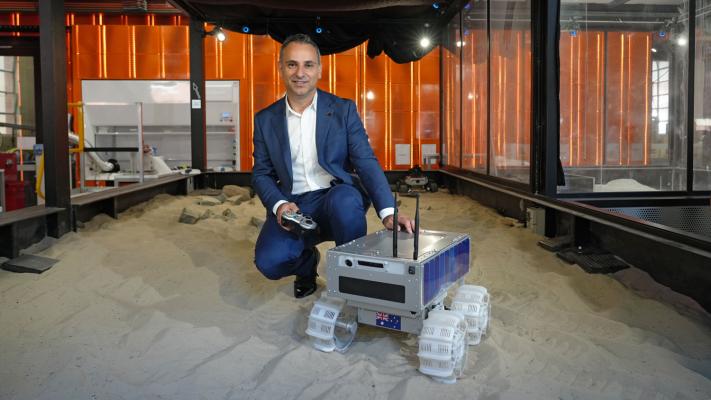
Stay up to date
Roo-ver's mission is more than a space mission.
Documenting the early stages of developing our Aussie-made lunar rover
Watch our video series highlighting the work that was undertaken as part of an initial 18-month preliminary design process.
This initial phase included two Australian industry consortia – AROSE and ELO2 – that were developing early-stage concepts of Roo-ver before ELO2 was selected to produce the fully realised rover for Australia’s mission to the Moon.
Advancing national capabilities
An iconic moment for the country
First-hand stories from the teams
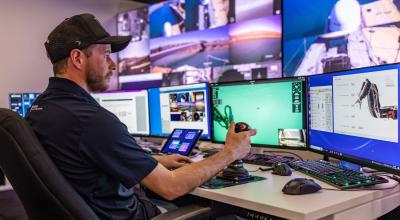
Industry showcase
Australian space innovations making an impact





